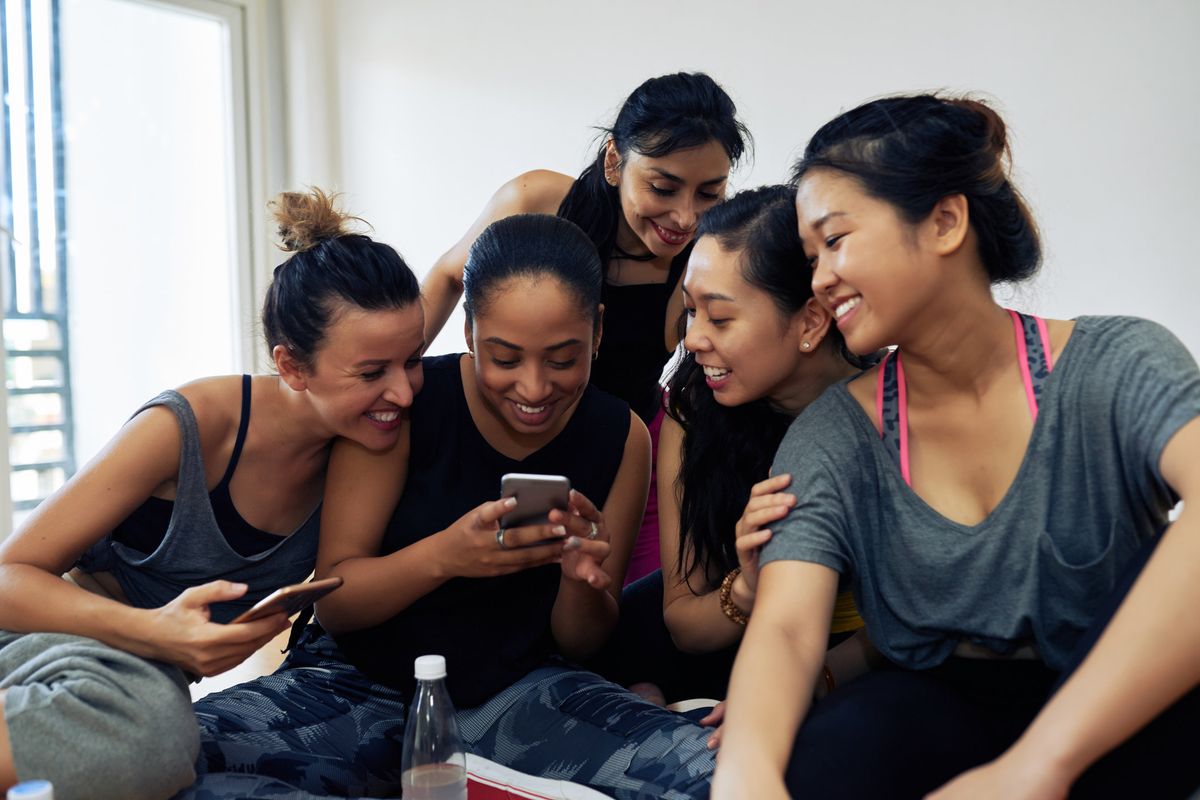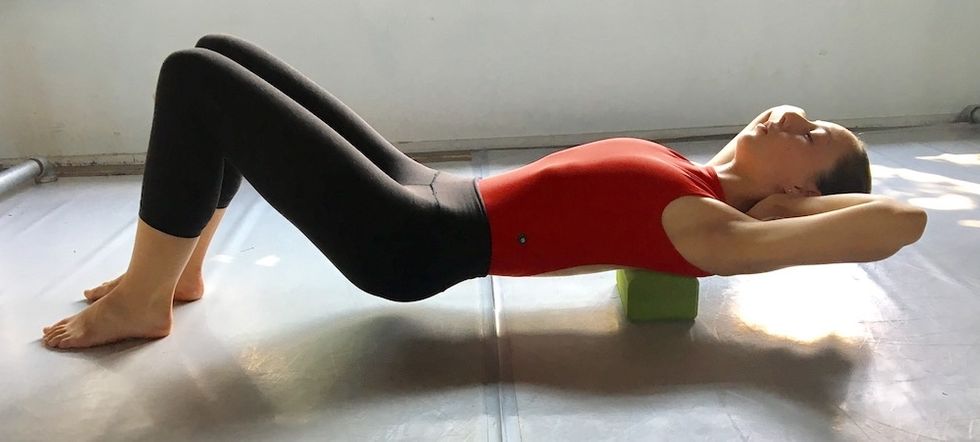
The human head weighs somewhere between 8 and 12 pounds. For many of us, our youngest students included, that comparatively large weight spends on average at least a couple hours a day hunched over a screen. While you may not consider your students as average, there is no denying we spend more hours than ever looking down at handheld mobile devices. “I think of it as ‘tech posture,'” says Blossom Leilani Crawford of Bridge Pilates, “when the head is forward and the shoulders are forward. People don’t know where their heads are anymore, and you certainly can’t turn well with the weight of your head forward.”
Forward head posture seems to be the very antithesis of the open chest, lifted spine and presentational sensibility of most classical dance training. But beyond the aesthetics, this misalignment can affect balance and coordination in developing dancers and, at the extreme end, can be associated with nerve damage and pain down the arm.
According to Dr. Marshall Hagins, physical therapist for the Mark Morris Dance Group, there are really two things going on when you see forward head posture. First, the skull is projected forward in front of the body (as in when we look down at a phone). But then, because we are social creatures who want to see and interact with the world in front of us, the head rotates backward on the spine, thrusting the chin up and out. “The muscles in the front of the neck are short and relaxed,” he explains, “while the muscles in the back, which are keeping the head from falling further, are lengthened and overworking.” The neck muscles have a very high density of proprioceptors and the nervous system feedback is working to fight gravity all of the time, all of which can result in a levator scapulae that is overused and painful.
Hagins offers a tent analogy for balancing the head in three dimensions without simply resorting to a military posture. “All the surrounding neck muscles need to have just the right amount of tension to keep a heavy object, such as the head, balanced atop the tent pole of your spine,” he says. “When it leans one way, the corresponding wire becomes loose and the other wires have to pull harder.” He notes that it can still be possible for dancers to move in and out of the proper positions even if the resting posture is slouched. However, assuming such a posture for most of the day can lead to injury.
The phenomenon has caused Crawford to modify the abdominal exercises in her mat class. “I sometimes ask for the head to stay on the floor for the single-leg stretch or double-leg stretch,” she says. “I call it ‘angry turtle’ when you work to draw the back of your head into the floor. Once that is understood, it is easier to transfer into lifting the head off the ground properly.”
However, both Hagins and Crawford caution that dancers are often hypermobile and prone to overcorrecting, so it is important to focus on good postural habits and incremental changes so they don’t move from one misalignment of the head and neck to another. Here are three simple exercises Crawford uses to help students find and feel where proper head alignment is in different planes of movement. They are great on their own, in any warm-up, or can be easily sprinkled into a Pilates mat routine.




